Introduction
Stir-Fried Pig’s Kidney, or Bào Chǎo Yāo Huā in Mandarin, is a dish that embodies the bold flavors and meticulous craftsmanship of Chinese cuisine. Rooted in tradition yet adapted for modern palates, this Sichuan-inspired masterpiece combines tender pig kidneys, crisp vegetables, and a symphony of spices into a dish that tantalizes the senses. Often overlooked in Western menus, this culinary gem deserves global recognition for its balance of texture, aroma, and spice. This article explores the dish’s history, preparation, cultural significance, and enduring appeal, offering readers a gateway to China’s vibrant gastronomic landscape.
A Historical Tapestry
The origins of stir-fried pig’s kidney can be traced back to China’s Sichuan Province, a region famed for its fiery, numbing, and aromatic flavors. Emerging during the Qing Dynasty (1644–1912), the dish was initially a peasant food, utilizing inexpensive offal cuts to create a hearty meal. Over centuries, it evolved into a banquet staple, prized for its ability to showcase a chef’s knife skills and mastery of wok hei—the breath of the wok, that elusive smoky flavor imparted by high-heat cooking.

Sichuan’s humid climate historically necessitated spicy diets to combat dampness, explaining the dish’s liberal use of chili peppers and Sichuan peppercorns. Today, it remains a symbol of regional identity, with families passing down recipes that blend ancestral techniques with personal flair.
The Anatomy of Flavor
At its core, stir-fried pig’s kidney is a study in contrasts: the tender, slightly springy texture of the kidney against the crunch of vegetables; the numbing heat of Sichuan peppercorns versus the tangy brightness of vinegar. The dish’s success hinges on three pillars:
-
Ingredient Selection: Fresh pig kidneys, ideally from young pigs, are crucial. Their mild flavor and delicate texture avoid the bitterness or toughness of older animals. Vegetables like bell peppers, onions, and wood ear mushrooms add layers of sweetness and earthiness.
-
Marination Magic: A quick soak in vinegar or rice wine neutralizes the kidney’s natural gaminess, while cornstarch ensures a velvety coating during stir-frying.
-
Spice Symphony: The “ma-la” (numbing-spicy) profile comes alive through a blend of dried chili peppers, Sichuan peppercorns, garlic, and ginger. Fermented black beans or doubanjiang (broad bean paste) introduce umami depth.
The Culinary Alchemy: Step-by-Step
Preparing the Kidneys
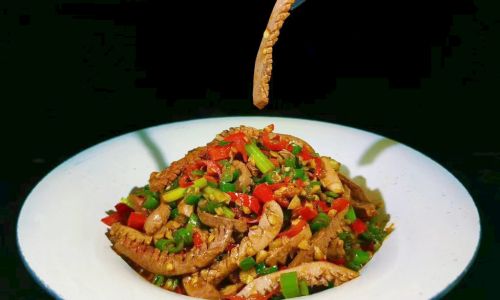
- Cleaning: Split the kidneys lengthwise, trimming away fat and sinew. Remove the white membrane—a key step to eliminate unpleasant odors.
- Scoring: Create a diamond pattern with shallow cuts, allowing marinade penetration and aesthetic appeal.
- Marinating: A 15-minute soak in a mixture of rice wine, soy sauce, and cornstarch tenderizes and seasons the meat.
Mise en Place
- Vegetables: Julienne bell peppers, slice onions into crescents, and rehydrate wood ear mushrooms.
- Aromatics: Mince garlic and ginger; toast whole Sichuan peppercorns to release their citrusy aroma.
- Sauce Base: Combine light soy sauce, dark soy sauce (for color), vinegar, sugar, and a touch of sesame oil.
The Wok Dance
- Heat: A carbon steel wok over the highest flame is non-negotiable. The goal is wok hei—a searing heat that caramelizes ingredients without steaming.
- Oil: Peanut oil, with its high smoke point, forms the cooking medium. Add dried chilies and Sichuan peppercorns to infuse the oil.
- Aromatics: Stir-fry garlic and ginger until golden, their fragrance blooming.
- Kidneys: Add in a single layer, searing for 30 seconds before tossing. Overcooking renders them rubbery.
- Vegetables: Toss in bell peppers and onions, retaining their crunch.
- Sauce: Pour in the prepared mixture, stirring vigorously to coat. A final drizzle of Shaoxing wine elevates the dish.
Plate and Present
Garnish with cilantro and toasted sesame seeds. Serve immediately with steamed jasmine rice or hand-pulled noodles.
Cultural Significance
Beyond the kitchen, stir-fried pig’s kidney carries symbolic weight. In Chinese medicine, kidneys are believed to nourish yin and yang, making the dish a seasonal favorite during colder months. Its inclusion in wedding banquets and Lunar New Year feasts underscores its status as a prosperity symbol—a nod to the adage, “Eating kidneys strengthens the body and mind.”
The dish also reflects broader philosophical themes. The kidney’s flower-like scoring (yāo huā translates to “waist flower”) mirrors China’s appreciation for poetic names that elevate humble ingredients to artistic heights.
Regional Variations
While Sichuan’s version leans into spice, adaptations abound:
- Hunan Style: Swaps Sichuan peppercorns for pickled chilies, emphasizing sour heat.
- Cantonese Adaptation: Omits chili for a milder, oyster-sauce-driven preparation.
- Modern Fusion: Some chefs incorporate Western elements, like pairing the kidney with a reduction of red wine or serving it atop polenta.
Health Considerations
Nutritionally, pig kidneys are rich in protein, B vitamins, and iron. However, their cholesterol content warrants moderation. Traditional preparation mitigates this through quick cooking and vegetable balance, aligning with China’s holistic approach to wellness through diet.
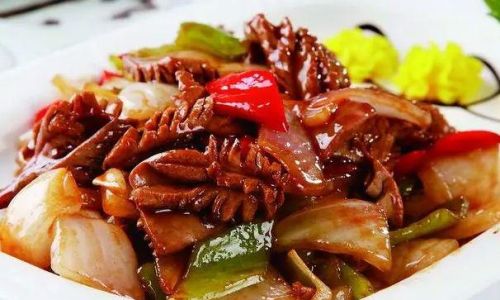
The Modern Revival
In recent years, stir-fried pig’s kidney has experienced a renaissance. Food bloggers and Michelin-starred chefs alike champion its complexity, with some even deconstructing it into tapas-style bites. Sustainability-driven menus now feature the dish as a nod to nose-to-tail eating, reducing food waste by utilizing offal.
Challenges and Mastery
Achieving perfection demands precision. Common pitfalls include:
- Overcooking: Kidneys turn tough if stir-fried beyond 2 minutes.
- Inadequate Marination: Skipping the vinegar bath leaves gaminess intact.
- Uneven Heat: A lukewarm wok steams rather than sears, yielding soggy results.
Pairing Suggestions
- Beverage: A crisp Riesling or light lager cuts through the dish’s richness.
- Accompaniments: Pickled vegetables or a cucumber salad provide refreshing contrast.
Conclusion
Stir-fried pig’s kidney is more than a meal—it’s a cultural ambassador, a testament to China’s ability to transform humble ingredients into culinary poetry. As global palates evolve, this dish stands poised to captivate adventurous eaters, offering a bite of history with every forkful. Whether enjoyed in a bustling Chengdu night market or a Manhattan fusion restaurant, its sizzle echoes through centuries, a reminder that true flavor knows no borders. So, grab your wok, ignite the flame, and let the dance of fire and spice begin. Your taste buds will thank you.
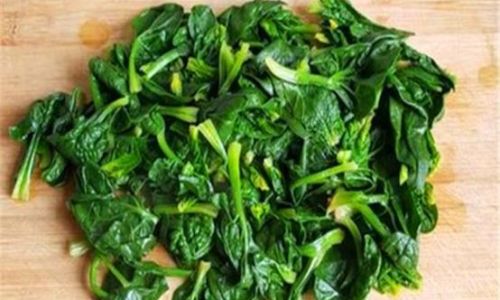
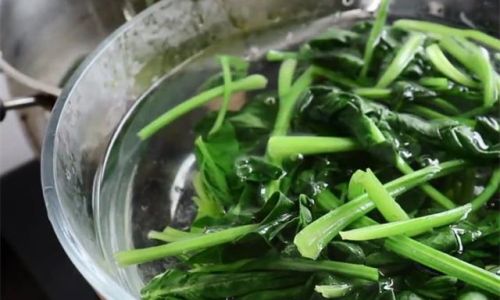
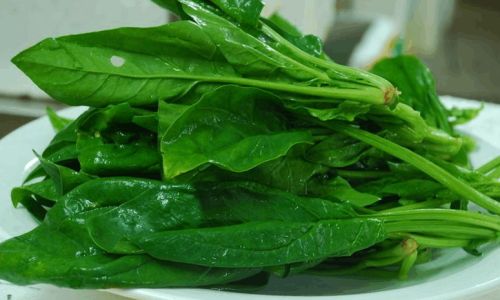


0 comments